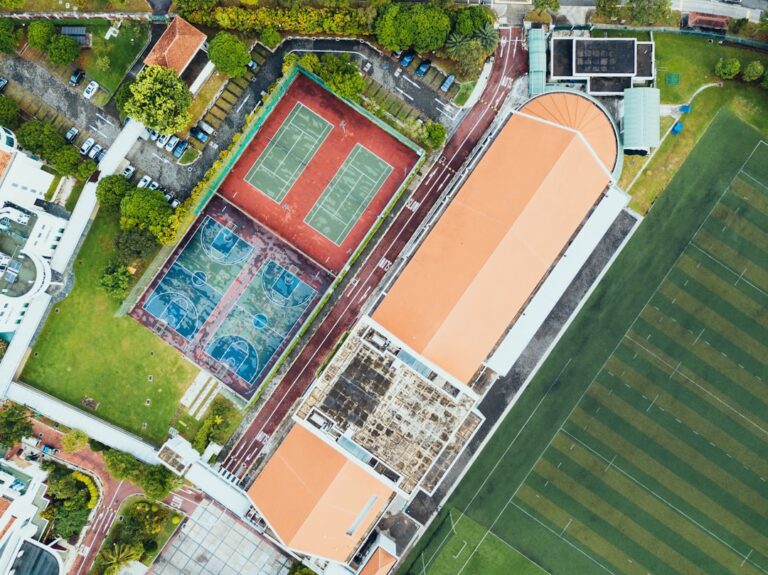Regular inspection and maintenance of your roof are vital for its longevity and to prevent costly repairs. Homeowners should conduct biannual checks, especially after extreme weather, using binoculars to identify shingle damage, granule loss, or other signs of wear from the ground. Signs like ceiling stains, odd smells in the attic, or light drafts can indicate underlying roof issues that require professional evaluation. Post-storm assessments are crucial for detecting new or worsened damage. Addressing issues such as missing shingles, cracked or curled shingles, and flashing problems promptly can prevent escalation of damage and extend the life of your roof. By staying vigilant and proactive with regular monitoring and understanding the signs of roofing damage, you can protect your home from environmental elements and maintain the integrity of your roofing system.
Roofing damage can be subtle yet significant, often going unnoticed until it’s too late. Regular inspections are a homeowner’s first line of defense against weather-related wear and tear, ensuring the structural integrity and longevity of your roof. This article delves into the essentials of identifying and addressing roofing damage, offering guidance on visual inspections, common signs of deterioration, and understanding the unique vulnerabilities of various roofing materials. We’ll explore how extreme weather affects your roof and the importance of professional assessments post-storm. Homeowners will learn safe inspection methods, maintenance practices to prevent issues, and the scope of DIY repairs they can undertake. Additionally, we’ll navigate the process of documenting damage for insurance purposes and discuss long-term solutions for reinforcement. Choosing a reliable roofing contractor and understanding the lifespan and predictive maintenance needs of different materials are also key topics covered. Finally, we’ll examine the role of ventilation and insulation in your roof’s health, as well as the critical function of gutter maintenance in shielding your home from damage.
- Identifying Roofing Damage: A Comprehensive Guide
- Visual Inspections: Tips for Spotting Roof Issues from the Ground
- Common Signs of Roofing Damage to Watch For
Identifying Roofing Damage: A Comprehensive Guide

Regular inspections of your roofing system are paramount for maintaining its integrity and longevity. Identifying roofing damage early can prevent more extensive issues, saving homeowners time and money in the long run. Visual assessments from the ground can reveal obvious signs like missing shingles or visible cracks, but a closer examination is often necessary to detect less conspicuous damages such as curled, buckling, or blistered shingles, which can be indicative of underlying problems like improper ventilation or moisture infiltration.
For a thorough inspection, it’s advisable to conduct a biannual review of your roofing structure, especially after extreme weather events. During these inspections, check for signs of wear that could compromise the roof’s effectiveness, such as granule loss on asphalt shingles, which can diminish their protective capabilities. Additionally, look for indications of leaks, like stains on the ceiling or attic odors, as these may point to hidden damage. Utilizing binoculars can aid in spotting minor damages from a safe distance, but consider professional roofing assessments for a comprehensive analysis and any necessary repairs. Proactive maintenance informed by knowledge of what to look for can significantly enhance your roof’s performance and reduce the likelihood of costly repairs down the line. Regular monitoring of your roofing system is thus an essential aspect of home upkeep, ensuring that it stands resilient against the elements.
Visual Inspections: Tips for Spotting Roof Issues from the Ground

Regular visual inspections of your roof are a critical component in maintaining its integrity and longevity. From the ground, homeowners can detect early signs of roofing damage that may escalate if left unaddressed. A pair of binoculars can be an invaluable tool during these assessments. Begin by surveying the entire roof surface for any shingles that appear misplaced or missing entirely. Look for curled, cracked, or buckling shingles, which are common indicators of wear and potential leaks. Pay close attention to the valleys where roofs typically meet, as these areas often catch debris and can hide significant damage. Additionally, check for any visible daylight coming through the roof boards from the rafters’ side in the attic; this suggests poor insulation or damaged roof sheathing. Gutters clogged with leaves, twigs, and other detritus can also signal that water is not properly channeled away from your home, potentially leading to roof rot and other structural issues. Regularly cleaning your gutters can prevent such problems. Keep an eye on the chimney and flashing around it, as these are common leak points. Lastly, after heavy storms or high winds, conduct a post-event inspection for any new signs of roofing damage that may have occurred. Prompt identification and repair of these issues can save you from more extensive—and costly—repairs down the line.
Common Signs of Roofing Damage to Watch For

Regularly inspecting your roof is a critical aspect of home maintenance, as it can reveal signs of roofing damage that, if left unaddressed, could lead to more significant issues. Homeowners should be vigilant for common indicators of roof distress, such as cracked, curled, or missing shingles, which can compromise the integrity of the roof and allow water to infiltrate the structure. Shingle granules in the gutters are another telltale sign; these granules protect the shingles from UV rays, and their loss can indicate weathering and aging. Additionally, pay attention to the presence of light or drafts coming from the roof area, which suggests damaged flashing around chimneys, vents, or skylights. Roofing damage can manifest in various forms, from subtle granule loss to more apparent leaks, and each type of damage requires prompt attention to prevent further deterioration and costly repairs. Regular checks for these signs of roofing damage ensure that minor issues are resolved before they escalate into major problems. It’s advisable to climb up and inspect the roof personally or, for safety reasons, hire a professional to conduct a thorough assessment. Early detection and timely repairs can extend the lifespan of your roof and protect your home from water intrusion and other potential damages.
Regularly inspecting your roof for signs of damage is a proactive step that homeowners can take to maintain their property’s integrity and prevent more extensive—and costly—repairs down the line. By familiarizing yourself with common indicators of roofing damage, as detailed in “Identifying Roofing Damage: A Comprehensive Guide,” and learning to spot these issues from afar through visual inspections, as outlined in our “Tips for Spotting Roof Issues from the Ground,” you can address minor concerns before they escalate. Remember, a well-maintained roof is crucial for safeguarding your home against the elements. Therefore, make it a routine task to ensure your roof remains resilient and secure, thus preserving its functionality and longevity.
